Evaluation of bis-fluorophore compounds in water from the Tijuana river
This work focuses on the use of bis-fluorophore compounds in real water for the detection and removal of metal ions present in the Tijuana river, for this, a previous work of chemical and bacterial analysis of 6 different samples that were taken from the River was used Tijuana. All the sampling site...
保存先:
| 主要な著者: | , , , , , |
|---|---|
| フォーマット: | Online |
| 言語: | spa |
| 出版事項: |
Universidad Autónoma de Baja California
2020
|
| オンライン・アクセス: | https://recit.uabc.mx/index.php/revista/article/view/32 |
| タグ: |
タグ追加
タグなし, このレコードへの初めてのタグを付けませんか!
|
| 要約: | This work focuses on the use of bis-fluorophore compounds in real water for the detection and removal of metal ions present in the Tijuana river, for this, a previous work of chemical and bacterial analysis of 6 different samples that were taken from the River was used Tijuana. All the sampling sites were carefully selected to obtain an accurate understanding of the current state of the river throughout its course. The TOC, COD, BOD, Nitrogen and phosphorus results showed that dams do not contain high amounts of these parameters, but in the city, center these values are increased due to the possible interversion of city sewer connections to the river (55, 189, 131, 11.9 and 1.1 mg / L, respectively). The points with the highest amount of organic matter were in the city center, so that specific point was chosen for the test of bis-fluorophoric compounds, to ensure the presence of metal ions in the water and it was shown that the water containing fluorescent compounds and in the presence of these bis-fluorophoric compounds there is a lowering of fluorescence. The bacterial analysis showed that the last point of the city, near the border of the USA and Mexico, concentrates a high number of bacteria and that the discharge goes directly to the Pacific Ocean, being a health and environmental problem. |
|---|

 @UABCInstitucional
@UABCInstitucional UABC_Oficial
UABC_Oficial @UABC_Oficial
@UABC_Oficial